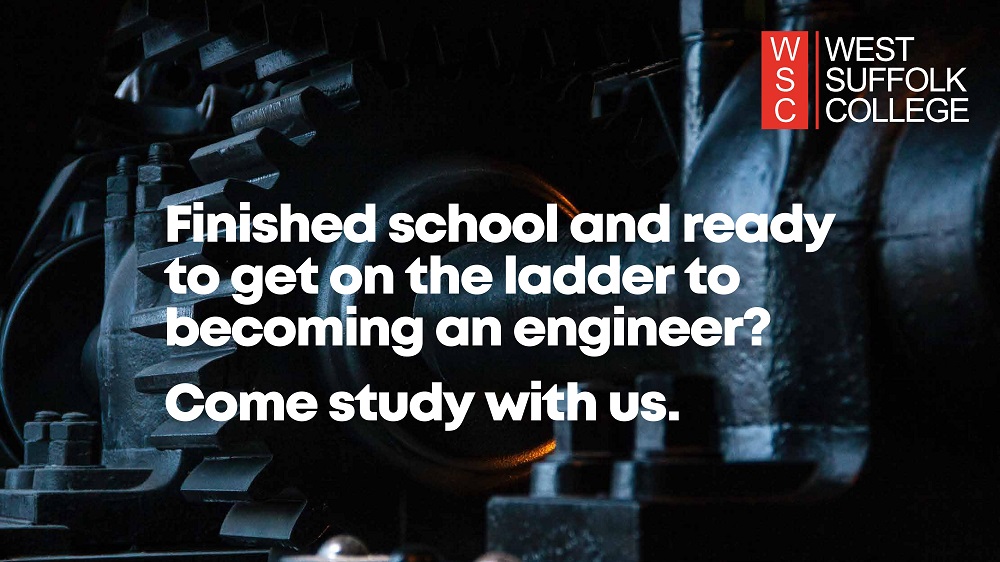This occupation is found in manufacturing and process sectors.
The broad purpose of the occupation is to produce complex high value, low volume components or assemblies in full or part, using machines, equipment or systems, to the required specification. For example, turbines, cranes, gearboxes, production lines, rigs and platforms. Fitters may typically have a mechanical, electrical, electronic, control systems, pipe fitting or instrumentation bias or operate across multiple disciplines depending on the type of assembly. To produce or re-furbish the components fitters will interpret drawings/specifications and plan their work, for example ensuring they have the right tools, equipment and resources to complete the task to the required specification. Fitters are required to check their work against quality standards and make adjustments as required based on their knowledge. On completion of the task a fitter will hand over the product and prepare the work area for the next task by checking equipment meets the standards required to operate. They may be based in a workshop or clients premises - this may include hazardous environments.
In their daily work, an employee in this occupation typically interacts with line managers/supervisors; depending on the size of the employer and nature of the work they may work as part of a team of fitters or independently. They may interact with personnel in other functions for example installation and maintenance engineers, health & safety and quality assurance personnel, as well as internal or external customers.
An employee in this occupation will be responsible for completion of their work to the required specification and deadlines, in line with quality, health & safety and environmental regulations and requirements, with minimum supervision.
Read more …






